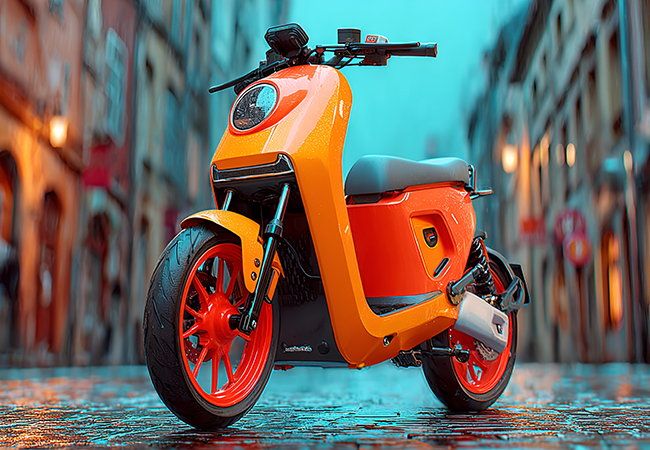As electric bikes become increasingly popular, choosing the right lithium battery has become a key concern for many users. However, focusing only on price and range can lead to disappointing results. This article offers a clear, practical guide to help you make an informed, smart battery purchase.
1. Check the Voltage First
Many assume that most e-bikes use 48V systems, but actual battery voltage may vary—some models are equipped with 60V or even 72V setups. The best way to confirm is by checking the vehicle's spec sheet, as relying solely on physical inspection can be misleading.
2. Understand the Controller's Role
The controller plays a critical role in driving experience. A 60V lithium battery replacing a 48V lead-acid setup can result in noticeable performance improvements. Also, pay attention to the controller’s current limit, as this value helps you choose a matching battery protection board—your BMS (battery management system) should be rated to handle equal or higher current.
3. Battery Compartment Size = Capacity Limit
The size of your battery compartment directly determines how large (and expensive) your battery pack can be. For users aiming to increase range in a limited space, ternary lithium batteries offer higher energy density and are generally preferred over iron phosphate (LiFePO4) unless safety is your top priority. That said, ternary lithium is safe enough as long as there’s no aggressive modification.


4. Focus on Cell Quality
Battery cells are the heart of the pack. Many sellers claim to use “brand-new CATL A-grade cells,” but such claims can be hard to verify. It's safer to go with known reputable brands and focus on cell consistency in the pack. Even good individual cells won’t perform well if poorly assembled in series/parallel.
5. Smart BMS is Worth the Investment
If your budget allows, choose a battery with a smart BMS. It enables real-time monitoring of battery health and simplifies maintenance and fault diagnosis later on.
Conclusion
Buying a reliable lithium battery for your e-bike isn't just about chasing long range or low prices—it's about understanding the key components that determine performance, safety, and longevity. By paying attention to voltage compatibility, controller specs, battery compartment size, cell quality, and protection systems, you'll be better equipped to avoid common pitfalls and enjoy a smoother, safer riding experience.
Post time: Jun-25-2025





